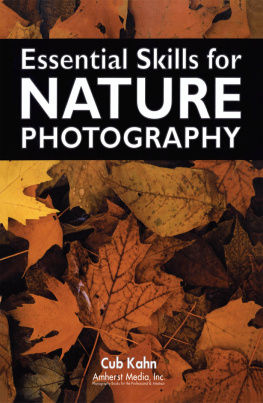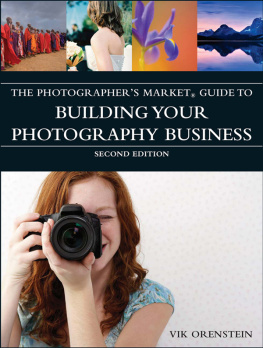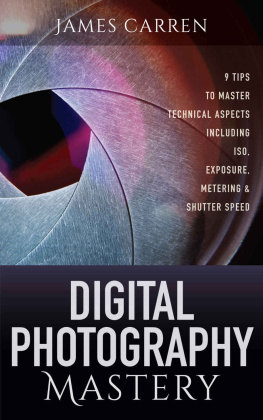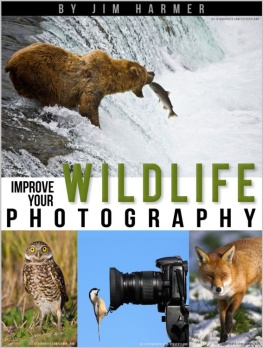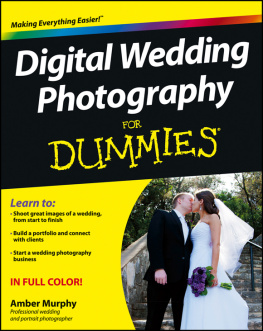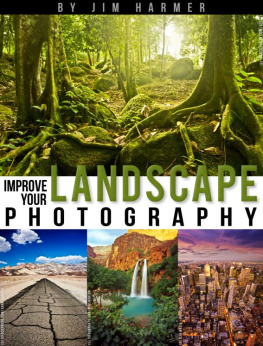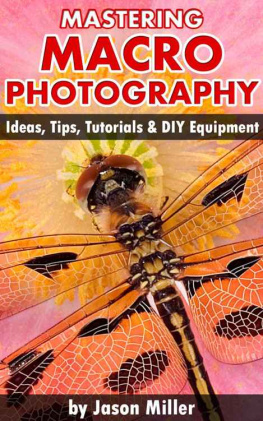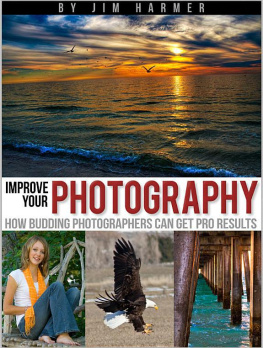How To Improve Your Photography Skills
Mohammad Abrar Nayeem Chowdhury
Table Of Contents
1. What is the definition of photography? 2
2. What is Photography's Intention? 3
4. Beginner Photographer's Guide to 20 Essential Photography Tips 5
What is the definition of photography?
Technically, photography is the skill of utilizing a sensor or film to capture and process light. The essence of photography, on the other hand, is to treasure moments and share them with the rest of the world. Simple, yet the deed itself has the power to alter people's perspectives. A photograph may communicate a thousand significant stories and have a deeper significance. Photographs shot during the battle are one of the greatest examples. During the conflict, numerous eye-opening photographs were shared. Some photographs capture the winners' triumphant moment, while others depict the destruction of civilians trapped in the crossfire. But that's not all; photography, especially modern photography and art, can have numerous interpretations.

When it comes to assessing an image, everyone has their own hot take. Some perceive the broader picture, while others see it as a metaphor for life and turn it into those "smart" statements. You may uncover even more significance behind a single image as your understanding of photography, aesthetics, and methods grow.
What is Photography's Intention?
Photography was to be used to provide portraits for individuals who couldn't afford to buy paintings. Photographs allow individuals to grieve and remember their loved ones who died on the battlefield during the war. On a cold night, lovers might use a photograph to ease the stifling ache of missing their loved ones.

With the passage of time, photography has come to serve a wider range of functions.
The only goal of product photography, such as food photography, is to sell a product. Every item of food and beverage should be photographed to seem shinier, more mouth-watering, and more delectable than its competitors.
Beginner Photographer's Guide to 20 Essential Photography Tips
Whether you've just bought your first DSLR and want to master the basics or want to brush up on your current photography abilities, the following pointers should help you lay a solid foundation. Keep in mind, though, that photography is an art that you will never truly master. The greatest approach to maintain developing is to practice frequently, make errors, and be willing to learn from others, whether they are seasoned photographers or newbies.
1. Learn how to correctly grip your camera.
Although this may seem self-evident, many beginner photographers do not hold their cameras properly, resulting in camera shaking and poor photos.

Of course, the ideal method to reduce camera shaking is to use a tripod, but since you won't be using one until you're shooting in low light, it's vital to hold your camera properly to eliminate needless movement. You should always hold the camera with both hands, even if you ultimately create your own style. To hold the weight of the camera, grip the right side with your right hand and position your left hand beneath the lens.
The closer you can keep the camera to your body, the more still it will be. If you need more stability, lean against such a wall or squat down on your knees; but, if you don't have anything to lean against, a broader stance can assist. The closer you can keep the camera to your body, the more still it will be.
If you need more stability, lean against such a wall or squat down on your knees; but, if you don't have anything to lean against, a broader stance can assist.
2. Begin shooting in RAW mode.
RAW is a file format similar to jpeg, except instead of compressing the picture data captured by your camera's sensor, it captures it completely. Not only will you obtain higher-quality photos if you shoot in RAW, but you'll also have considerably more flexibility over post-production. For example, you'll be able to remedy issues like overexposure and underexposure, as well as alter color temperature, white balance, and contrast. One disadvantage of shooting with RAW is that the files are larger. You'll also need to invest in picture editing software because RAW photographs always require some post-processing.
Shooting in RAW, on the other hand, may dramatically improve the quality of your photos, so if you have the time and space, it's well worth it. If you're not sure how to make the conversion from jpeg to RAW, see your camera's handbook.
3. Pay attention to the eyes.
Because eyes are a natural focus point with which we interact, we are always drawn to them in photographs.

Make sure the focus on the eyes is perfect while taking portrait pictures at any aperture. Both you and your subject are more likely to judge the image to be correctly shot if the eyes are in focus.
4. Make a lot of errors and learn from them.
You'll learn and develop your photography abilities faster if you make more blunders. Every professional photographer started off with no knowledge of how to use a camera. Turning errors into lessons that improve your talents is where the true value lies. So attempt a new method or style, and be prepared to make a lot of mistakes along the road.
5. Achieve the trifecta of exposure
In photography, appropriate exposure is achieved by balancing three factors: shutter speed, aperture, and ISO settings.
You may start by shooting in automatic or priority mode, but to get complete control and shoot with manual camera controls, you'll need to grasp the link between these three factors, each of which has a direct impact on your image's exposure and quality.
ISO ISO stands for International Organization for Standardization and is pronounced "eye-so."
The ISO value shows how light sensitive the sensor or film is. To catch light in gloomy situations, utilize higher or more sensitive ISO settings, such as 800 or 1600 ISO. In general, higher settings bring more grain or noise into the image.
Aperture The size of the opening in the lens diaphragm is referred to as the aperture. Smaller numbers indicate a bigger aperture and shallower depth of field in your photographs. Larger numbers allow less light to pass through while sharpening more of your image
Shutter speed Shutter speed refers to how long your camera's shutter is open and how much light your sensor or film is exposed to. Slower speeds bring in more light and can capture blur and motion, while faster speeds can stop motion.
6. Portraits benefit from a wide aperture.
When photographing people or animals, the subject should be the main focus of the photograph, and the easiest method to do this is to use a larger aperture. This will keep your topic clear while blurring any surrounding distractions.

Remember that a smaller f/ value indicates a larger aperture, and the larger the aperture, the more striking the impact. Some lenses can go as low as f/1.2, but even f/5.6 apertures will suffice. Switch to Aperture Priority Mode (Av or A) and experiment with different apertures to better understand how the aperture impacts your photos.
Next page

